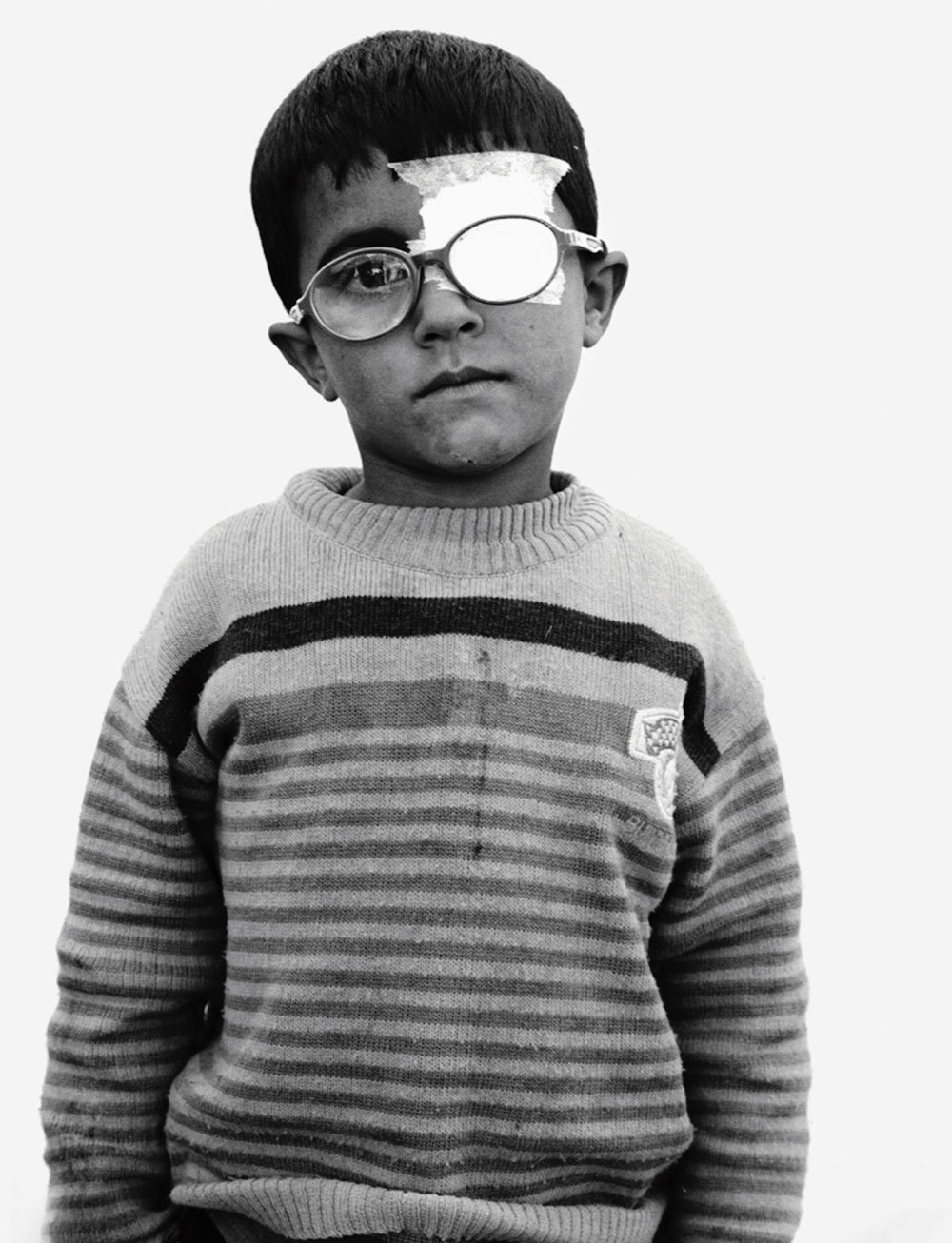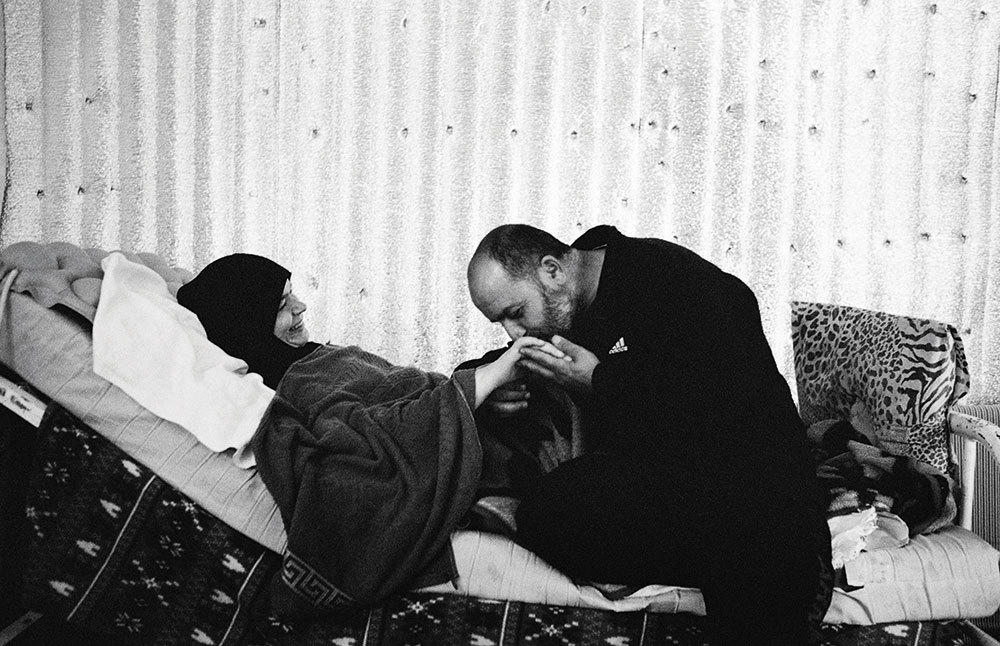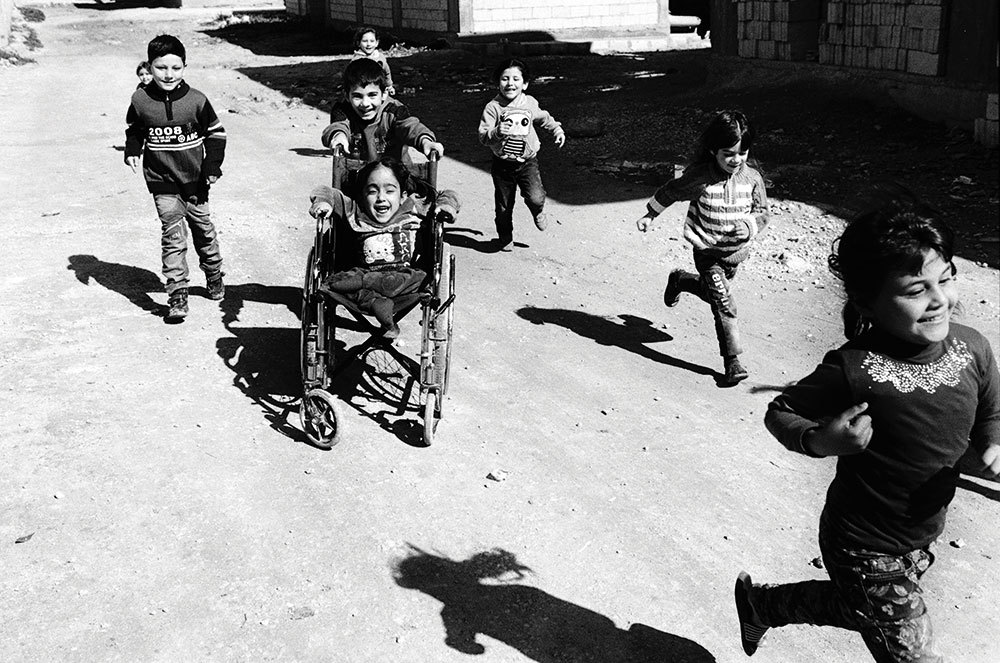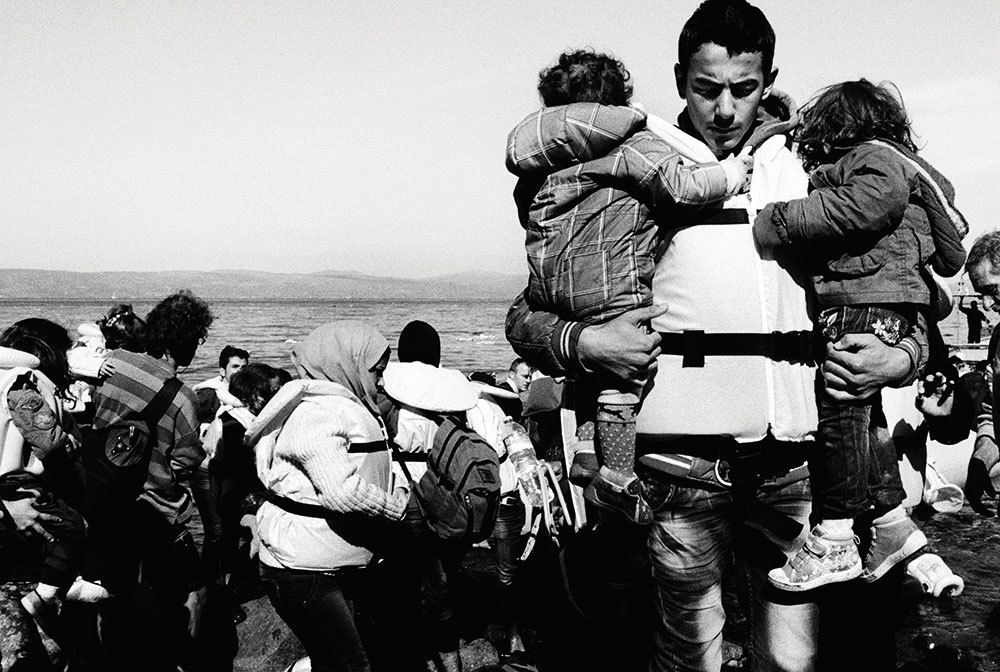I met Giles Duley the day he introduced me to Khouloud, a Syrian refugee mother paralyzed from the neck down after being shot by a sniper, who lives in a small tent in a refugee camp in Lebanon with her loving husband and devoted children. I know that anyone meeting her would completely change how they think and feel about Syrian people and refugees. Few people will have the chance to meet her in person, but Giles’s photography introduces her to the world.
Different photographers can use the same camera or light, or all shoot the same frame. But what is different is the soul of the person behind the lens, and the moments they recognize and are drawn to — the emotional connection they make. That is what I love about Giles’s photography. Looking at his images, we can feel what he feels. It’s clear that he connects deeply to the human condition of people from all over the world. He himself has been through an ordeal. They say that adversity helps grow compassion, and Giles’s art certainly seems to bear that out.

Angelia Jolie: You describe yourself as a “storyteller” — what is it about the nature and power of stories that inspires you?
Giles Duley: Stories have incredible power. I don’t truly understand, but they have a mojo, a magic that helps us to comprehend the world and others. Since the birth of humankind we have been telling stories to each other; from campfires, cave paintings, books and film, storytelling is central to our culture and being. I follow in that tradition. I’m not a journalist — I don’t focus on facts and figures. I’m interested in our shared humanity, our empathy for others, and the details in life that help us to connect.
AJ: You tell stories to change the perceptions and emotions of your audience, but do you find that they change you as well?
GD: My story lives in the stories of others. This work is my life, so of course it deeply affects you. Many of those whose lives I document I’ve known for years; they are my friends, and sometimes I struggle to sleep knowing where they are and feeling I haven’t done enough. But this work also gives my life so much; the experiences and friendships have brought me laughter and tears, and I have received far more than I have given.

AJ: After a year covering the refugee crisis from Europe to the Middle East, what have you learned that you were perhaps not expecting?
GD: I have covered the effects of conflict on civilians across the world for over a decade; what I didn’t expect was to be covering those stories in Europe. It’s maybe an obvious thing to say, but being in Lesvos, meeting Afghanis, Syrians, Iraqis who were fleeing wars I know all to well — to see them landing on the shores of Europe I realized how small and interconnected our world really is. What shocked me the most was Europe’s response to the crisis, or rather lack of it. It was shameful.
AJ: Your photography has raw emotional force. You show people as they are, not as they are labeled by the world. Your subjects are not “victims” or “refugees” but people just like us. Why is it so important to you to show the humanity of families affected by conflict?
GD: It was never anything I considered or thought through; it just came naturally to the way I work. I see everybody the same, whatever your status, whatever your religion, your country; I see a shared humanity. Wherever I go, people’s hopes and dreams are the same; to see their families protected, their children educated, their loved ones treated when sick. In a sense my camera is completely democratic — it doesn’t judge or label, it sees all people equally.
Read the full interview on citizensofhumanity.com



Credits
PhotographyGiles Duley/UNHCR
